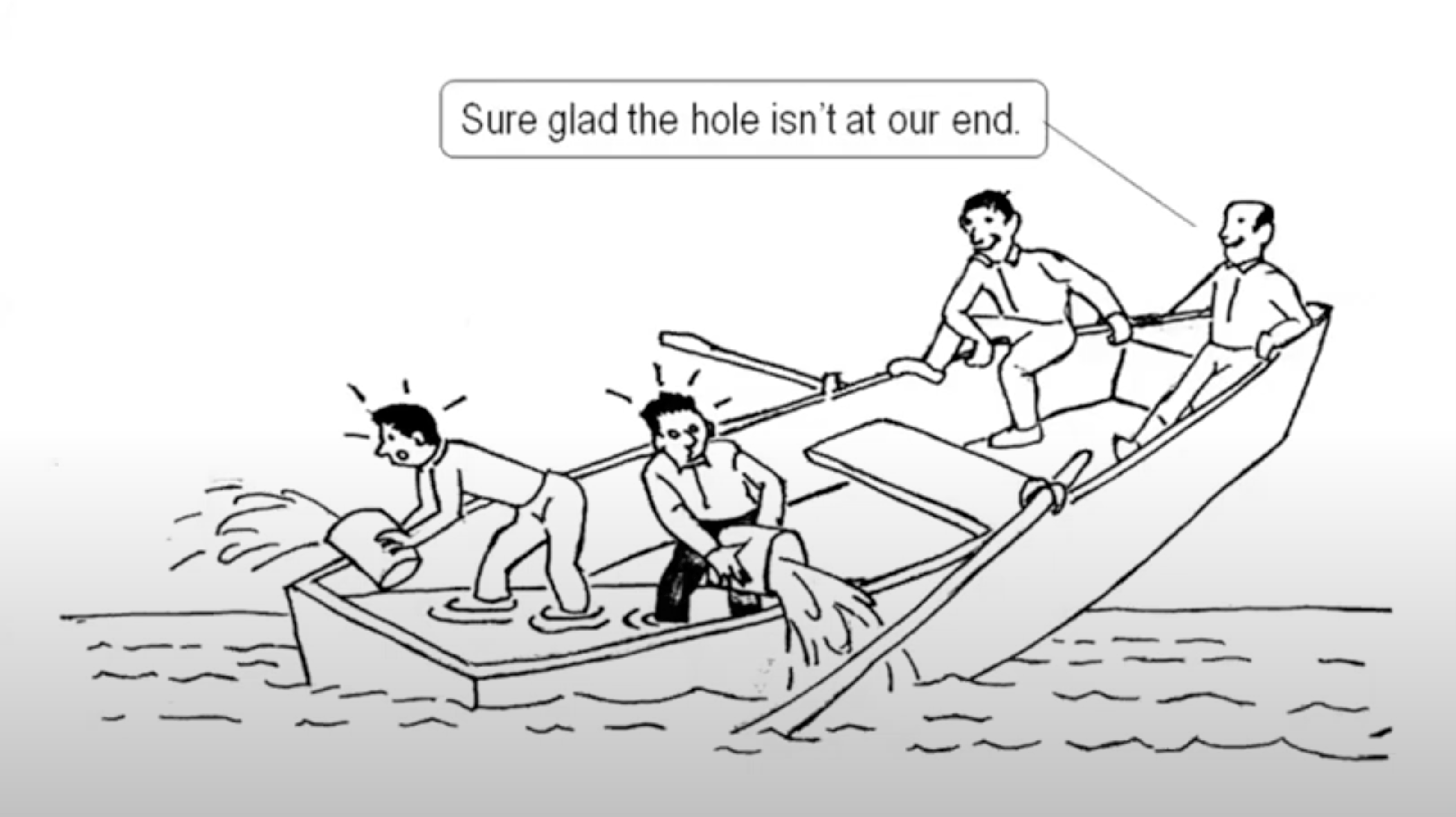
Throw out everything you know about pricing.
As we think about the future and how to establish a new normal when our companies reboot, we need a healthier understanding of pricing in the rental industry.
The rental model is genius when business is good. You buy a product once and get to sell it repeatedly — but at what price?
That’s the key question. Historically, our prices have been arbitrary. There’s no “right” formula. We’ve tried to gauge the fairness of our price by comparing it to other companies. A long time ago, customers had no idea what price was fair and just paid what we quoted.
But the internet brought a new era of price shopping in the AV rental industry. This exposed a fundamental flaw: Our pricing is made up.
In the post-pandemic era (PPE), what if we rethink pricing to eliminate this flaw? What if we base our pricing on our actual costs, risks, and necessary margins, not just job cost? By doing so, we’ll price our products in a way that makes more sense and creates more profit.
Here’s why it’s time to rethink your pricing and how to do it:
What’s Wrong With the Way We Price Now?
Most AV rental industries focus on job cost. By using projected job costs to determine our prices, we’ve misunderstood our profit.
Often, rental companies use a formula like this to determine their profit:
Revenue – Outside Direct Costs = Gross Profit
This equation indicates that if we own the equipment and have the staff to run it, the job has no cost. Based on this model, we buy more gear and hire more full time labor to minimize direct costs.
This model makes sense on a per-job basis, but it doesn’t make sense in terms of your entire year. You’re simply not busy 12 months out of the year.
This model also negatively affects what jobs we take.
Evaluating the earnings of a job on a projected job-cost basis only looks at gross profit percentages, not cash flow.
Why doesn’t this work? Let’s look at an example.
Compare these three identical jobs:
- Job #1: I have all the resources. I don’t need sub-rentals or freelancers.
- Job #2: I have to sub-rent a piece of equipment and hire a freelancer.
- Job #3: I have to sub-rent multiple pieces of equipment and hire multiple freelancers.
Based on the model above, Job #1 looks very profitable, Job #2 mediocre, and Job #3 really unprofitable.
In fact, all three jobs are identically profitable. The first appears to be more profitable because we’re not factoring in the variable costs involved. This model doesn’t calculate overhead like the salaried employees and equipment necessary for the job.
A focus on job-costs percentages devalues otherwise profitable work. Turning down Job #3 is throwing away money — but we do it all of the time. We’re so focused on the lack of gross profit, we forget about the cash flow. That’s the problem with the job-cost mindset that we need to change moving forward.
When we turn down great jobs because we’re too focused on the job-costs, we limit our cash flow in the long run. When we’re not busy, we need the extra revenue we turned down even more. So we sell on price, which reduces our margins, which makes the problems worse. This is job-cost thinking.
A job costs mindset focuses too much on isolated jobs and not enough on cash flow. It’s illustrated perfectly in this:

We’re all in the same boat. Cash flow, no matter when it comes into the business, keeps us afloat. It’s time for a new equation.
Price = Cost + Margin
There’s a more logical and accurate way to establish price. And in this Post-Pandemic Era, we get a do-over!
Job-cost doesn’t matter. What matters is the contribution margin of the job which paints a more realistic picture of what a job is actually worth.
If job-cost thinking has been your traditional framework, it’s time to work from a more logical and profitable model. In order to make the switch, five things need to change.
1. Calculate your jobs from cost. Then, add margin.
Quit thinking you have a retail price for something. All you know are your costs. No matter your revenue, the cost won’t change.
How do you figure your margin? Start with the value of your brand (intellect, expertise, thought leadership) and add your adjustment for risks inherent to the type of work you do.
Margin = Value + Risk Adjustment
2. Focus on contribution margin (not gross profit percentage) in job-cost analysis.
As you decide if an individual job is worth your time, consider the inherent profitability of the job. Contribution margin, the amount of free cash contributed by the order after all variable casts are calculated, helps us evaluate each job’s worth equally. It compares apples to apples.
3. Determine the value of an order with a Risk-to-Cash ratio.
Cash flow is everything. How risky is the job? Is there a chance you won’t get paid? What percentage are they paying up front? Decide if the risk is worth the payoff.
4. Implement dynamic pricing.
Dynamic pricing helps you strike a balance between supply and need for contribution margin. With this pricing model, you recognize that a job’s worth to you will change throughout a year. The worth may not change for all of your customers, but since it changes for you, it affects how you sell.
5. Switch the prices of services and hardware.
Most of you need to dramatically raise your labor prices and make a corresponding cut in your rental rates. The rental equipment has no value until it’s used or applied. However, your labor imposes the biggest risk — which means it should cost the most for your customer.
Why is labor risky? Your biggest risk is always people — subcontractors, employees, or customers. People are unpredictable. Risk in labor means we have to increase our margins. The easiest way to start this mindset shift from equipment to people is to change the order of your words.
Put the person first and you can charge more:
- It’s not a camera and an operator — it’s a videographer and a camera/lighting package.
- It’s not a sound system and operator — it’s an audio engineer and a voice reinforcement system.
Emphasizing people will go a long way to changing the rental mindset.
Want To Learn More about How to Price in the PPE?
For more details on calculating margins, risks, and true costs, check out the full webinar replay from Week 5 (April 15) of our weekly webinar series: The Show Will Go On — Business Survival Series.
Sign up now and you’ll be registered for the entire series. You’ll also gain access to all replays of the previous webinars.





Leave a Reply